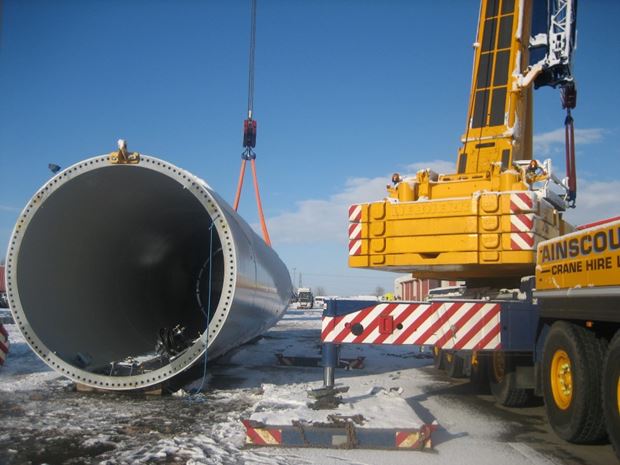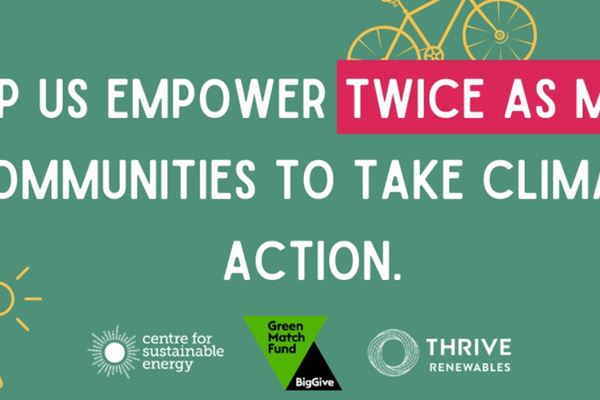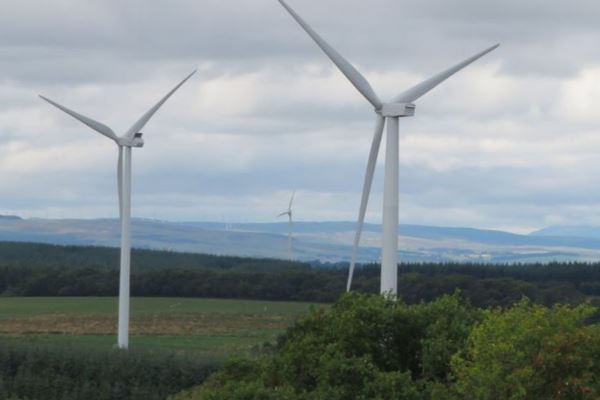The UK has cut carbon emissions by over 43% since 1990 through a combination of cleaner power and lower demand. However the milestones achieved in 2018 signify new pace in the energy transition.
Driven by increasing public support, renewables are no longer ‘unconventional’. They are a vital part of our energy mix. A reassuring 85% of people said they support renewable energy technology in 2018. The annual survey released in April by the Government’s Department for Business, Energy and Industry Strategy (BEIS) also found two thirds of people would support a large scale renewable energy development in their area.
This trend can also be seen across the globe. In Germany, renewables overtook coal as the main energy source. In Denmark, renewables accounted for a whopping 68% of the country’s electricity needs. While in December, the number of US cities committed to 100% clean or renewable energy surpassed 100.
Looking forward, the International Energy Agency (IEA) expects that renewables will enjoy the fastest growth in the electricity sector, providing almost 30% of power demand in 2023, up from 24% in 2017.
In this time, solar PV capacity is forecast to expand almost 600 GW – more than all other renewable power technologies combined. China is expected to maintain its position as the world’s solar leader with almost 40% of the globally installed capacity predicted in 2023.
In the UK, renewables are on course to overtake fossil fuels and become the energy industry’s ‘dominant force’ during 2020, according to EnAppSys. This will hopefully be supported by a more progressive regulatory and policy environment, including a replacement for the government’s scrapped feed-in-tariff (FIT) subsidy scheme.

There is also a significant opportunity for UK renewables to meet the lion’s share of the capacity gap left by failed nuclear. More than 40% of the UK’s planned new nuclear capacity has in effect been cancelled due to economic viability – with Toshiba pulling out of developing a plant in Cumbria last year and Hitachi scrapping plans for two plants in Wylfa and Gloucester in January.
The cost of renewable technology, such as solar and onshore wind, has fallen precipitously in recent years, making it a much more economically sound and reliable investment decision. It’s so much faster to build too. In the UK it has taken less than two years to install renewable capacity capable of delivering more electricity than Hinkley Point C will generate, and it’s not scheduled to come online until 2025. Perhaps the economic and technology landscape has progressed beyond the nuclear solution, presenting a positive opportunity for renewables to seize an even larger piece of the energy generation pie.
At Thrive, we’re looking forward to continuing to deliver this positive change. We’ll be using our 20 years’ experience to continue to help people meaningfully connect with clean energy projects across the UK and to ultimately power the transition to a clean energy future.



